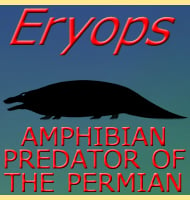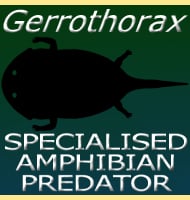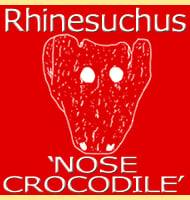Rileymillerus
In Depth Rileymillerus is a little known genus of temnospondyl amphibian that lived in Texas during the late Triassic. Further Reading - A new temnospondyl amphibian from the Late Triassic of Texas. - Journal of Paleontology 74(4):670-683. - J. R. Bolt & S. Chatterjee - 2000.


